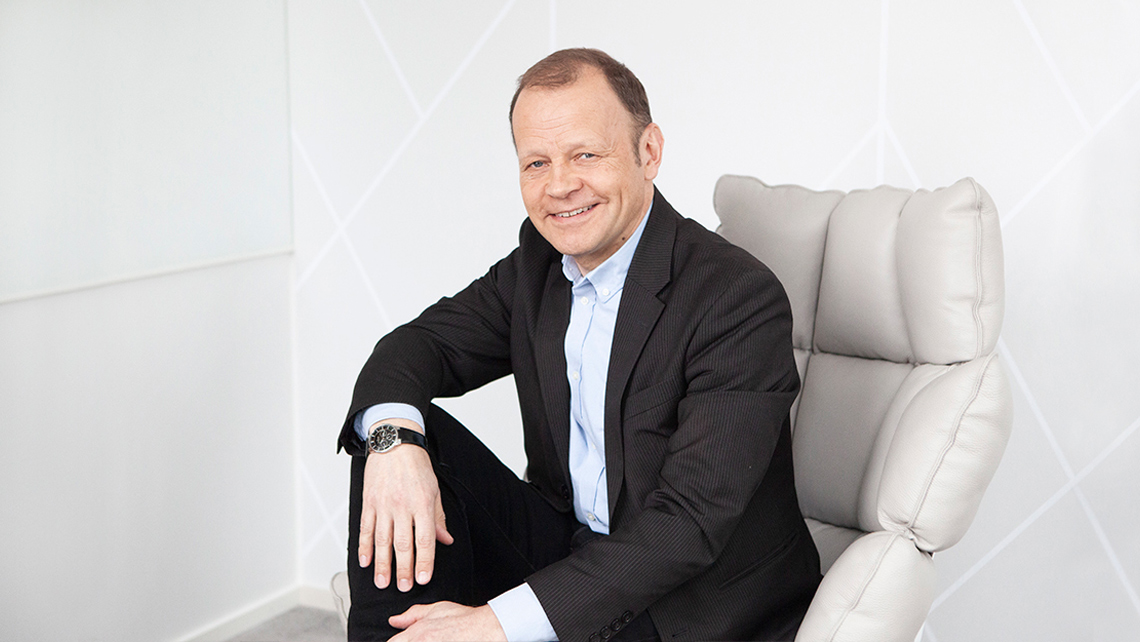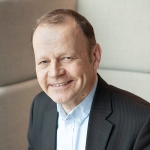“As a purchaser rather than a generator of energy, Kemira has three main ways to reduce its carbon emissions and aim for more sustainable operations,” Jyrki explains:
- purchasing low-carbon or carbon-free energy
- shifting towards less carbon-intensive sources like biofuels
- improving the energy efficiency of our manufacturing sites
“This third area is where I come in, because it’s my job to help identify how our manufacturing sites, particularly the ones where we consume the most power, can optimize their operations to reduce the amount of power they use,” Jyrki explains.
An energy-intensive business
“Manufacturing chemicals on an industrial scale is an energy-intensive business, so we focus on continuously investing in our equipment and production lines to make them as efficient as possible,” Jyrki says.
In terms of the energy balance, Kemira’s 14 most energy-intensive sites consume 90% of the company’s total energy consumption. The biggest consumers are Kemira’s sodium chlorate manufacturing sites, simply because the process itself is so energy intensive, with electricity accounting for 70-80% of production costs.
The three Es for continuous efficiency improvement
“Since 2010 we’ve been running the E3plus energy efficiency enhancement program to identify and implement improvements projects that will cut energy consumption at our manufacturing sites. To date, we’ve completed E3plus reviews at our 20 most energy-intensive sites and identified at least 15 different projects at all our sites that will improve energy efficiency,” Jyrki says. “In 2018 we implemented 25 different projects, saving almost 20 GWh of energy.”
“Typical projects could be things like investing in improved heat recovery systems to recover heat from exhaust flue gases from a boiler, from a product to be cooled, or from wastewater to generate energy, or installing eco-efficient variable speed drives to operate equipment like fans, pumps, and agitators,” he explains. These projects have already delivered some impressive results.
Circular economy in action
Kemira is also actively seeking ways to promote and take advantage of circular economy. At Helsingborg in Sweden, for example, an on-site power plant produces one third of the electricity consumed by the plant and produces all the steam, compressed air, and process and cooling water required for the processes at the site’s six different manufacturing plants. Further, the power plant supplies considerable amounts of district heat for the city of Helsingborg.
“Helsingborg is a great example of circular-economy thinking within Kemira, but it’s certainly not the only one,” Jyrki points out. “For example, at our two biggest energy-consuming sites, in Joutseno and Äetsä in Finland, where we manufacture sodium chlorate, the hydrogen that’s generated as a by-product of the process is burned in a boiler plant to generate steam, which is then fed back to the manufacturing process. It is also used to produce district heat to the near-by village. Because of the efficient use of hydrogen, both plants are self-sufficient in terms of steam.”
Each site is different, but results are achieved together
According to Jyrki, making Kemira’s energy footprint more sustainable is very much a team effort. “Most importantly, the specialists and E3 management teams at our manufacturing sites play a key role when it comes to putting energy-saving plans into action and ensuring continuous improvement.”
“Our manufacturing sites are all very different, so a one-size-fits-all approach simply doesn’t work. We have to look at them individually and identify the best ways in which they can improve efficiency. This is why the E3plus program is so important and something we are really proud of,” says Jyrki.
Supporting the whole value-chain
Climate change, regulation, and the scarcity of resources impact everyone and require action from all players across the value-chain. “Our customers are increasingly interested in the energy efficiency performance of their suppliers, as they study the full end-product lifecycle footprints and work for more sustainable solutions. We want to add to that progress by also improving our own production footprint,” Jyrki concludes.


